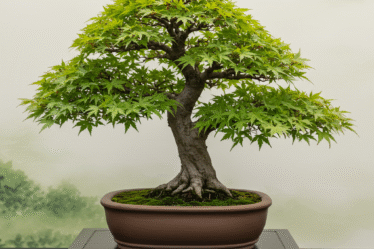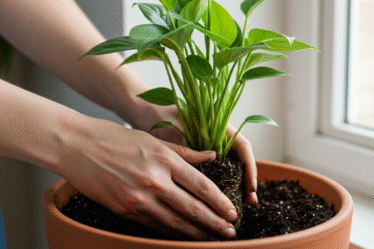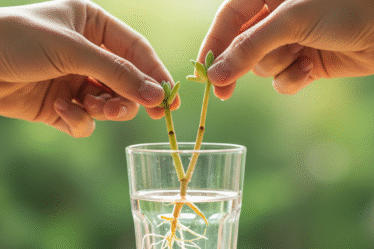
Grow lights have revolutionized indoor gardening, allowing plant enthusiasts to cultivate thriving greenery regardless of season or sunlight availability. Selecting the right grow light, however, can feel overwhelming with the sheer variety of options on the market. This article will illuminate the key factors to consider when choosing the best grow light for your specific indoor garden needs.
One crucial aspect is understanding the different types of grow lights available. LED (Light Emitting Diode) lights are increasingly popular due to their energy efficiency and long lifespan. They offer a customizable spectrum of light, allowing you to tailor the output to the specific needs of your plants. I’ve personally seen remarkable results using LEDs for growing everything from delicate herbs to robust vegetables. Another option is HPS (High-Pressure Sodium) lights, known for their intense orange-yellow light, particularly effective for flowering and fruiting plants. However, they generate significant heat and are less energy-efficient than LEDs. Fluorescent lights, a more traditional choice, are suitable for seedlings and low-light plants, offering a budget-friendly entry point into grow lighting.
Beyond the type of light, consider the light spectrum. Plants utilize different wavelengths of light for various stages of growth. Blue light promotes vegetative growth, encouraging strong stems and leafy foliage. Red light, on the other hand, is essential for flowering and fruit development. Full-spectrum lights mimic natural sunlight, providing a balanced blend of both blue and red light, ideal for supporting the entire plant life cycle. For instance, when I was cultivating orchids indoors, I found that a full-spectrum LED panel significantly improved their blooming cycle.
Another factor to consider is the light intensity, measured in PAR (Photosynthetically Active Radiation). Different plants have varying PAR requirements. Leafy greens generally thrive with lower PAR levels, while flowering and fruiting plants require higher intensities. Researching the specific needs of your chosen plants is crucial for optimal growth. Finally, consider the coverage area of the grow light. Ensure the light adequately covers the canopy of your plants to promote even growth. Adjusting the height of the light as your plants grow is essential to maintain optimal light exposure.
Choosing the right grow light can significantly impact the success of your indoor garden. By understanding the different types of lights, the importance of light spectrum and intensity, and the coverage area required, you can create an environment where your plants flourish. Investing in a high-quality grow light is an investment in the health and vitality of your indoor garden, bringing the joy of gardening indoors all year round.



